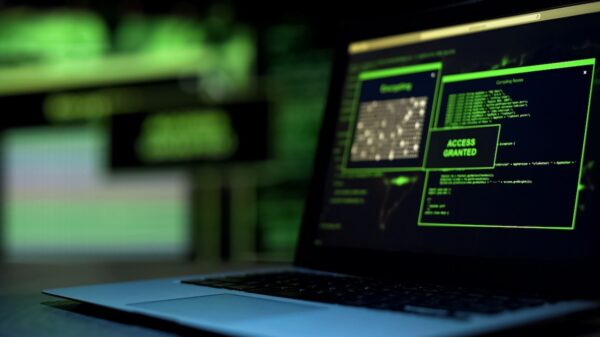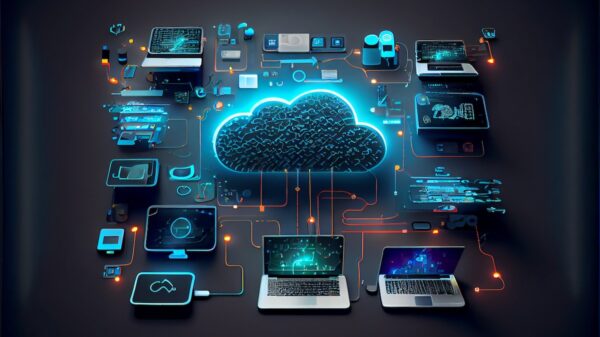Using pirated software carries with it a cost some may overlook – the probability of encountering malicious code hidden within the software.
A new study sponsored by Microsoft attempted to shed some light on this issue, and for users, the findings are not good. According to the research, which was performed by IDC and the National University of Singapore (NUS), forensic analysis of 203 PCs purchased in 11 countries with pirated software on them found 61 percent were infected with malware. That is a potentially a sobering statistic, as many of the consumers and enterprises who responded to the survey accompanying the study admitted not regularly applying updates.
“While these statistics are frightening, they shouldn’t be a surprise,” explained David Finn, associate general counsel and executive director of the Microsoft Cybercrime Center, in a blog post. “After all, cybercriminals aim to profit from any security lapse they can find. And through pirated software, they’ve found another way to introduce malware into computer networks – breaking in so they can grab whatever they want: your identity, your passwords and your money.”
According to the study, consumers will spend an estimated $25 billion in 2014 dealing with security issues created by malware on pirated software, from identification to repair to recovering data and dealing with identity theft. For enterprises, the estimate is much higher – some $491 billion, with $364 billion of that figure being due to the complications of dealing with data breaches. Based on the number of programs they installed, the study estimates that nearly 20 percent of pirated software in enterprises is put there by employees.
“As for governments, they could lose more than $50 billion dealing with the costs associated with malware on pirated software in 2014,” blogged Finn. “Government officials surveyed by IDC say their greatest concern from infected software is the loss of business trade secrets or competitive information (59 percent), followed by unauthorized access to confidential government information (55 percent) and the impact of cyberattacks on critical infrastructure (55 percent).”
Due to its large installed base of PCs and high piracy rate, the Asia Pacific region will incur more than 40 percent of worldwide consumer losses and more than 45 percent of enterprise losses from malware on pirated software, according to the report.
Overall, the report found that consumers have a 33 percent chance of encountering malware due to software piracy.











